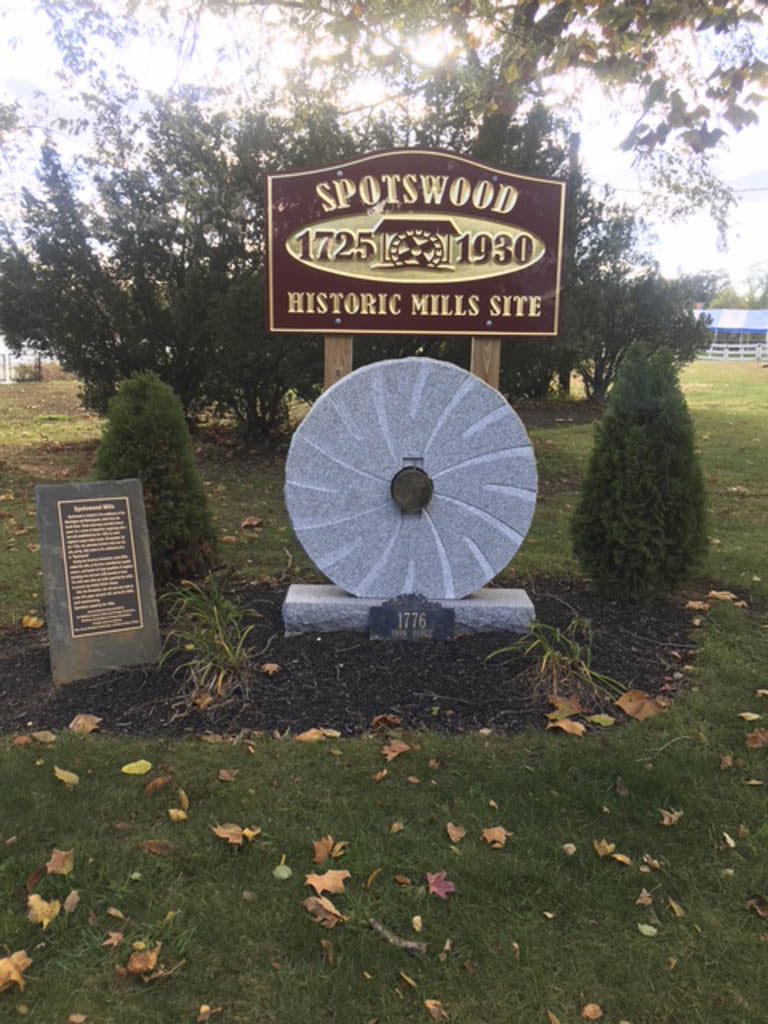SPOTSWOOD — A newly constructed monument that has been dedicated in Spotswood was designed to remind all passersby that the local economy, as far back as the early 18th century, was largely dependent on milling.
Milling substrates included logs used to make paper, various grains and even tobacco used in commercial snuff products, according to a statement prepared by Bruce Eckman of the Spotswood Cultural and Heritage Commission. Information was based on research compiled by local historian Rich Walling.
Spotswood is situated at the confluence of the Manalapan and Matchaponix rivers, which form the South River. These waterways provided natural power for a series of industries, beginning with a sawmill established in the 1720s by noted regional Lenape Indian leader Weequehela. By the 1730s, the Johnston brothers took over the site, giving their name to the settlement prior to the name Spotswood, according to the statement.
During the American Revolution, mills at the location of present-day Devoe Avenue near the American Legion and the First Aid Squad building were operated by British Loyalists and were raided at least once by Colonial militia, who retrieved a large amount of needed supplies, according to the Commission.
After the Revolution, the mill seat was used as a sawmill, paper mill and gristmill, and by the 1850s, snuff manufacturing was run by the locally prominent Appleby and Devoe families.
Operations ceased by the 1920s, and the pond dam was upgraded to assist in regional flood control.
One mill structure still serves as the home of the Spotswood American Legion.
A grant from the Middlesex County Cultural and Heritage Commission paid for the large, commemorative mill stone plaque and sign installed on the site.

